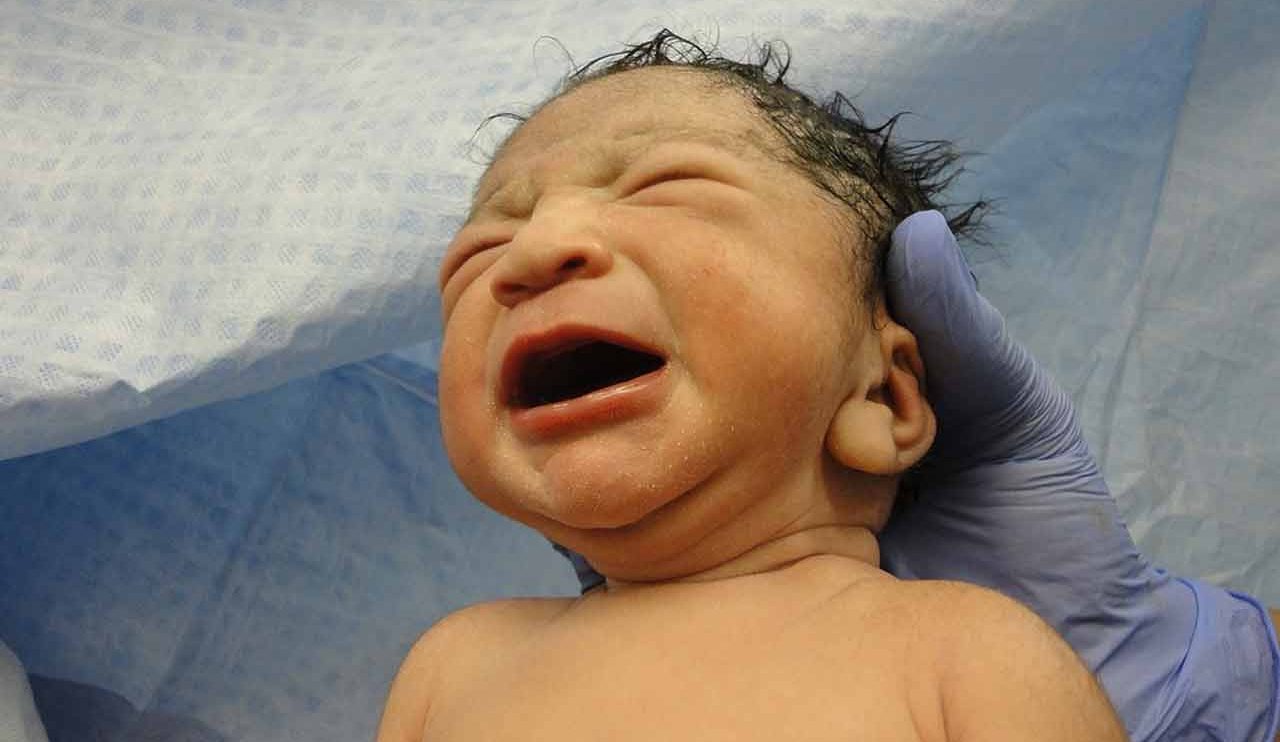Shoulder impingement syndrome is an unpredictable emergency during childbirth. What increases the risk of dislocating a shoulder? What do you do when this happens, and what are the possible complications? And Winnie the Pooh, how is he related to the whole story?
Imprisonment of the shoulders is an emergency situation in which, after the head comes out during the birth process, the shoulder of the fetus gets stuck.
There are actions that may be useful, some are simple, but sometimes there is no escaping difficult and even dangerous actions.
Among the risk factors for the phenomenon: high birth weight, diabetes, obesity during pregnancy, and advanced birth age (over 40).
One of our childhood heroes was Winnie the Pooh.
In one of the more embarrassing moments in the story, Winnie the Pooh went to pay a courtesy visit to his friend the rabbit who lives in a cave. The rabbit honored Pooh with honey, and Pooh ate and ate and did not rest until he had eliminated all the honeypots that the rabbit had.
When he wanted to go home to rest and quietly digest the honey, it became clear to his dismay that due to the size of his swollen body the exit opening from the cave was too small and he was simply stuck with his shoulders so that his head was outside the cave and his body inside.
One of the most gruesome obstetrical conditions that exists is shoulder impingement, which is somewhat reminiscent of Poe’s story and even shares some risk factors with it (such as obesity and diabetes ).
What is shoulder impingement syndrome?
Shoulder dystocia is an obstetric emergency, in which after the head comes out during the birth process, the shoulder of the fetus gets stuck. The situation poses a considerable risk to the fetus and manipulations are required in order to rescue it safely and as quickly as possible.
The complications in the literature range from damage to the brachial plexus, which leads to a condition called Erb’s palsy, to death. The medical definition varies, but it is accepted that a birth that requires manipulations other than gentle pulling of the newborn, was involved in a shoulder sprain. Another definition is a duration of more than 60 seconds between the exit of the head and the exit of the newborn’s body.
What to do?
As soon as it seems that there is a difficulty in the rescue, the first rule is to call for help. A gentle pulling attempt should be performed and cutting of the perineal septum (episiotomy) should be considered.
It is also important to empty the bladder because a full bladder can be another barrier to the passage of the fetus through the birth canal (or alternatively be damaged). The direction of the baby’s rotation must be examined in order to gently pull towards the exit.
What are the required manipulations?
The first accepted maneuver (manipulation) is named after McRoberts: pulling the mother’s legs up – an action that increases the opening of the birth canal by aligning the scrum, the sacrum, and leads to a more comfortable angle of the pelvis.
This operation is combined with the midwife’s pressure on the area of the pubic bone, the breastbone (to reduce the diameter of the shoulder). The majority of shoulder impingement situations will be resolved by a combination of the two maneuvers described.
In stubborn cases there are other maneuvers, such as turning the fetus counterclockwise for the possibility of pushing one of the shoulders (Wood’s corkscrew maneuver), or trying to insert a hand into the accessible shoulder and reduce or the diameter shown (Robin maneuver).
Sometimes there is no escape from difficult operations such as a fracture of the newborn’s clavicle, or even an attempt to push the head into the uterus and a caesarean section (maneuver named after Zwanli, which involves a high mortality rate).
What are the possible complications?
Complications for the mother usually include tears in the perineum (perineal septum) and tears in the birth canal. More critical are the fetal complications below:
- Nerve injury – this is usually an injury to the nerve plexus of the arm (Erb’s palsy). Most of the damage is temporary, but in about 1 percent of cases permanent damage remains.
- Fractures – there may be fractures in the clavicle bone (clavicle). Up to 10% of cases. Arm fractures are more rare.
- Birth suffocation (asphyxia) – in up to 0.4% of cases there is possible neurological damage including cerebral palsy and damage that may lead to death.
What do the studies say about Shoulder impingement syndrome?
Two studies carried out in 2012 at the Obstetrics and Gynecology Division at the Soroka Medical Center, in collaboration with Ben Gurion University, and published in the international journal Archives of Gynecology and Obstetrics, examined the morbidity rate from shoulder impingement, the risk factors, and characterized the complications with an emphasis on damage to the brachial plexus, which leads to the condition called Erb’s palsy.
The studies included more than 240,000 births, and examined 451 cases of shoulder impingement. The good news is that the incidence of shoulder impingement has decreased from 0.4% to 0.2% in the last decade.
The identified risk factors included high birth weight (over four kilograms), diabetes , polyamniotic fluid , failure to progress in the second stage, excess pregnancy (over 42 weeks), obesity during pregnancy , high birth weight (over five births) and advanced maternal age (over 40) ).
In terms of the obstetrical results: similar to the scientific literature, an excess rate of complications including morbidity was found – Apgar scores among the newborns with scapulae were significantly lower at one minute and at five minutes, and the mortality rates were also higher.
Along with this, the data showed that over 50% of the cases of shoulder impingement actually occurred among newborns who weighed less than four kilograms. Moreover, when the cases complicated by damage to the brachial plexus were examined, it was found that only about 40% were among newborns who weighed more than four kilograms. Also, no excess rate of maternal obesity or maternal diabetes was found when we examined this group of newborns.
The two studies join the scientific literature that shows that in fact shoulder impingement is an obstetric emergency, which unfortunately cannot be predicted and accordingly cannot be prevented. Most cases of shoulder impingement appear without any early sign.
However, one should try to identify pregnancies with risk factors for shoulder disorder, especially extreme weight among women with obesity and gestational diabetes , and of course not allow “extraction” beyond 42 weeks of pregnancy, especially when the listed risk factors are present.












Add Comment